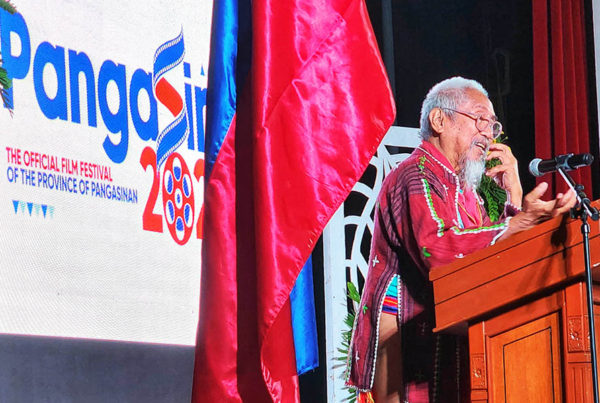Bayambang: Fifth Capital of the First Philippine Republic
SINGKAPITAL 2016
BAYAMBANG – This 402-year-old town commemorated its place in history as the fifth capital of the First Philippine Republic on November 12, the day when Gen. Emilio Aguinaldo, the first president of the Philippines, transferred the seat of government from Malolos, Bulacan, to Bayambang in the year 1899.
The commemoration, dubbed Singkapital, a coinage from “singko” and “capital,” was led by Mayor Cezar T. Quiambao, Vice-Mayor Raul Sabanga and celebrated with songs and dances.
Gloria de Vera-Valenzuela, municipal tourism officer, said during the revolutionary period, Aguinaldo declared Bayambang as the fifth capital of the Philippines here, joined by then General Antonio Luna, Jose Palma, among others.
Virginia Jasmin Pasalo, Commissioner of the Pangasinan Historical and Cultural Commission (PHCC), guest of honor and speaker, said that being declared the fifth capital for a day is not Bayambang’s sole claim to history.
She cited that in 1660, two months before the Malong uprising in Lingayen, there was already a seed of rebellion in Malungey or Balungey, the old name of Bayambang.
“It was at that point that Bayambang carved its niche in the history of Pangasinan,” she said, “You started the (anti-Spanish) rebellion in Pangasinan – it’s in your tradition to have a spirit of rebellion for the right, for the just,” she said. “That is why you have someone like Sr. Mary John Mananzan and other leaders whom you don’t know are from here,” she added.”
“Today, in the age of Internet memes, there is a pervasive lack of thoughtful analysis of the social issues of the day. I therefore expect you to come out, to lead the much-needed process of social transformation,” she exhorted the audience.
As a gesture of goodwill, Pasalo donated to the Municipal Library two books by Rosario Mendoza Cortes: Pangasinan 1572-1800 which details Malunguey’s incipient role in the beginning of the revolt against the Spanish government, and Pangasinan 1801-1900: The Beginnings of Modernization which discusses Pangasinan’s role in the revolutionary period and in the war against the imposition of American hegemony.
Singkapital 2016 had two highlights, Liber ed Karuman (Walk in the Past), a historical tour of the town’s landmarks participated in by public and private elementary and secondary students of the municipality and guests and Bayambanghenyo, for classes on history of the municipality to be done every Friday up to December. (Tita Roces)
Share your Comments or Reactions
Powered by Facebook Comments









